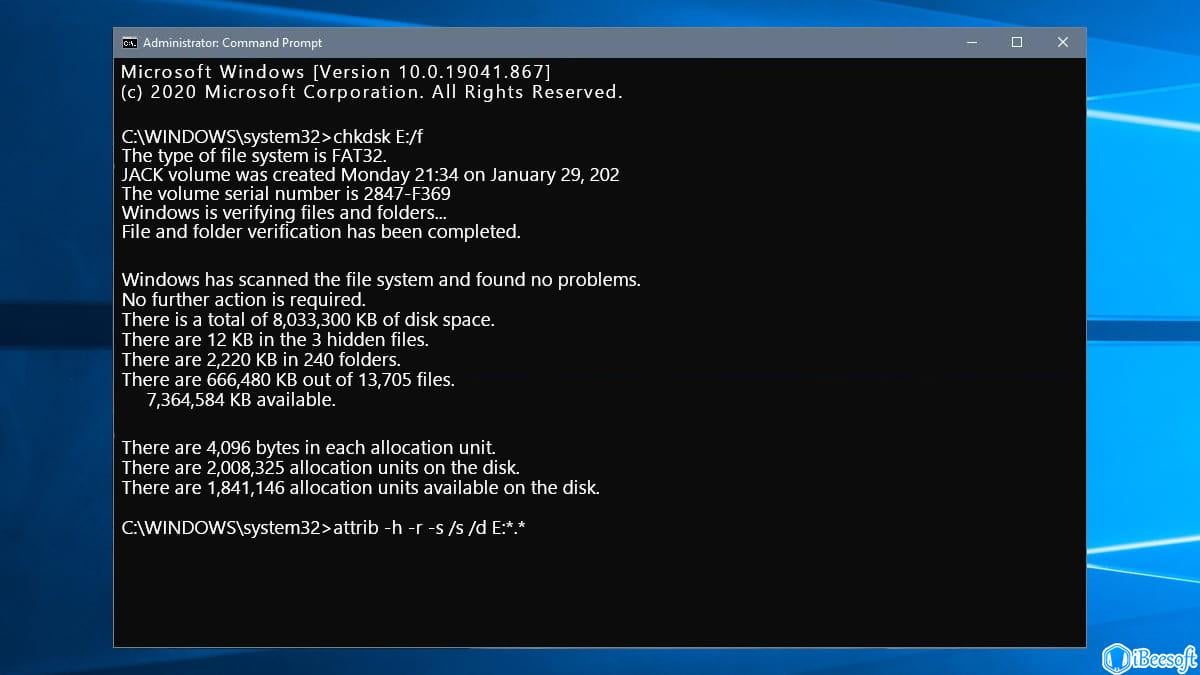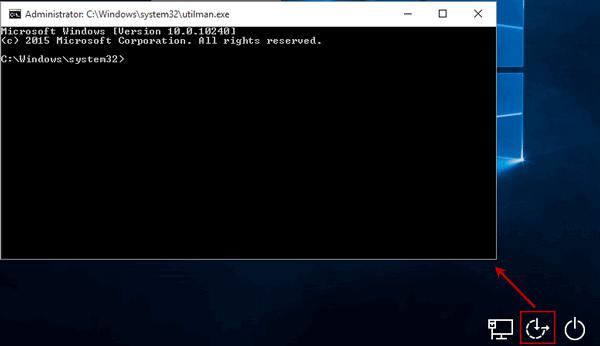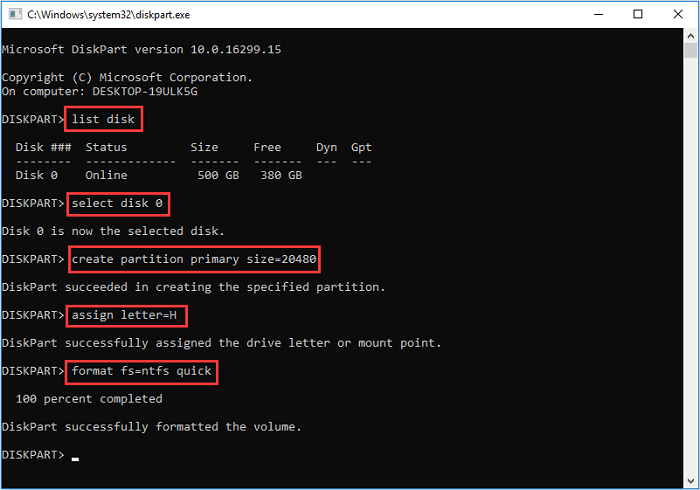

- Windows 10 recovery command prompt commands driver#
- Windows 10 recovery command prompt commands manual#
- Windows 10 recovery command prompt commands full#
- Windows 10 recovery command prompt commands windows 10#
- Windows 10 recovery command prompt commands software#
If any driver is not configured correctly, missing, or corrupted, your Windows can not perform effectively.
Windows 10 recovery command prompt commands software#
Display Installed Device Driversĭrivers are the most essential installed software on a computer. However, it is still helpful in many situations. Though, most users find it difficult to manage many command lines compared to modern interfaces. CMD helps you to automate tedious tasks in a few clicks without having IT knowledge. If you don’t know the use of the command prompt command, you miss many things in Windows. So you can type the command script quickly.

Noted that the command prompt is user-friendly and it is not case-sensitive.

Step 2: Alternatively, you can open the CMD command prompt by going to Start Menu and writing the “ cmd” on the search box just beside Start Menu. To open the Run dialog box, you can press the shortcut key WIN+R, type “ cmd” on the Run dialog box, and hit Enter or press OK.
Windows 10 recovery command prompt commands windows 10#
Then you can fix all manner of startup issues, and other things, by rolling Windows 10 back to a restore point.Step 1: First of all, Open the Run dialog box. If you ever need to access System Restore outside the OS, you can do so with the above S ystem R estore command prompt Windows 10 methods.

So, you don’t need to be logged in to Windows 10 to utilize System Restore. Selecting that option will initiate the Windows 10 system restoration. Step 7: Select the “Finish” option to confirm your selected restore point. You can check what software a chosen restore point will remove by clicking the “Scan for affected programs” button. Step 5: Some software will probably get uninstalled for a selected restore point. If Windows 10 doesn’t boot up, select a restore point that predates the startup issue on your desktop or laptop. Step 4: Then select a restore point to roll Windows 10 back to.
Windows 10 recovery command prompt commands full#
Select that option if you can so you can choose a restore point from a full list. Step 3: The System Restore window may or may not include a “Show more restore points” option depending on how many restore points there are. Step 4: Then a Windows Setup window will open. Step 2: Insert your Windows 10 installation USB drive into the laptop or PC. First, configure your PC to boot from USB drives as outlined for the previous method if it’s not. Step 1: If you have a Windows 10 installation disc on a USB flash drive handy, you can open System Restore command prompt Windows 10 with that during system startup. Open System Restore From Command Prompt with a Windows 10 installation disc Remember to save the new settings before exiting by selecting a “Save” option. Then your USB drive should be above your hard drive in the boot order. You’ll need to select USB drive for “Boot Option #1” on the Boot tab. When you’ve opened BIOS or UEFI settings, select the Boot tab. Users with UEFI PCs will need to select “UEFI Firmware Settings” on the Advanced options menu.
Windows 10 recovery command prompt commands manual#
Check your PC’s website instructions or manual to find out what the BIOS setup key for it is. To access the BIOS, you’ll need to press an F2, F10, F11, or another F key during the system startup. If your desktop or laptop doesn’t boot from the recovery drive, you’ll need to configure it to do so with the boot order BIOS or UEFI settings. Step 16: Finally, type in the rstrui.exe command and press Enter. Step 15: Select “Command Prompt” to open, yup you’ve guessed it, the Command Prompt window! Step 14: Then select “Troubleshoot” > “Advanced options” on the blue menu. These are four alternative methods to perform a system restore via the Command Prompt from Windows 10’s startup menu. You can open the Command Prompt, and then System Restore, from the Advanced Startup Options menu outside of Windows 10. You can still open System Restore from Command Prompt outside Windows when the platform doesn’t boot up. If you ever encounter a Windows 10 startup issue, System Restore might be able to fix it. For example, if a recently installed program generates a software conflict error, restoring Windows to a System Restore point that predates that program’s installation will resolve the issue. Undoing software and hardware installations, and registry changes, made after a selected restore point can fix many Windows issues. System Restore is one of the most invaluable troubleshooting utilities Windows has. So, the System Restore tool is Windows 10’s very own time machine! By doing so, that utility undoes system changes made after a selected a date. System Restore enables users to roll back Windows 10 to a restore point date. All Windows platforms since XP include the System Restore tool, which is an amazingly handy troubleshooting utility.


 0 kommentar(er)
0 kommentar(er)
